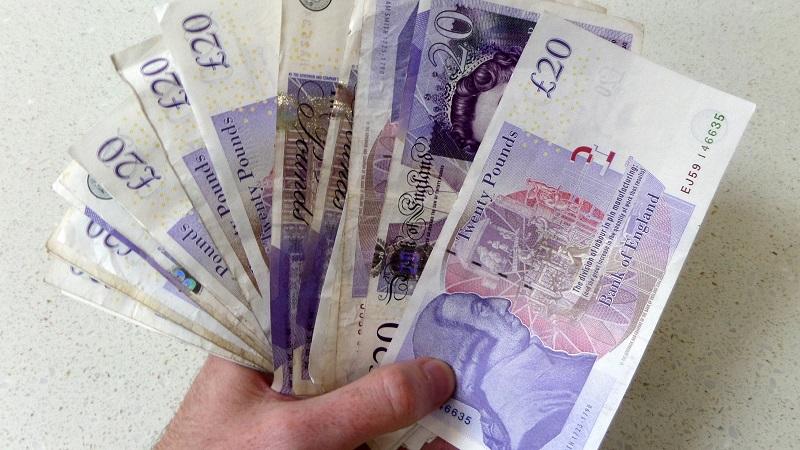Departments are now expected to spend a total of £372bn on delivering the UK’s pandemic response
Credit: Jacob Edward/CC BY 2.0
Bankrolling the nation’s response to the coronavirus pandemic is now expected to cost departments a combined £372bn, according to the latest analysis from the National Audit Office.
This amount has been revised upwards to the tune of more than £100bn in the last four months alone. Among the extra costs have been additional necessary investments in IT and other remote-working equipment, as well as staff allowances.
The public spending watchdog said departments had already spent at least £172bn on dealing with Covid-19, with HM Revenue and Customs paying out even more than the Department of Health and Social Care because of support schemes for businesses and the self employed.
The £372bn figure is £101bn higher than the January snapshot of estimated pandemic spending. The NAO said the latest version attempted to capture the additional costs departments incurred as a result of operating under Covid-19-related restrictions or while delivering Covid-19 policy measures.
Related content
- Seven in ten civil servants want to work from home at least three days a week
- ‘Hybrid working’ will become the norm, predicts civil service chief
- Widespread Whitehall homeworking to continue
The extra costs include increases in staff numbers, overtime claims or changes to shift working; increases in staff expenses, such as working from home allowances; and IT and home-office furniture costs to support staff working from home.
Public Accounts Committee chair Meg Hillier said the sums involved were “eye watering” but praised the NAO’s cost tracker tool as a “vital” primary public data source on Covid-related spending.
The £372bn breaks down into £150.8bn in support for businesses, £97.4bn in support for health and social care, £54.9bn in support for individuals – which includes the expansion of Universal Credit, the introduction of the Self-Employment Income Support Scheme and help for rough sleepers. The total also includes £65bn for other public services and the emergency response, and £3.5bn in other support and operational expenditure.
HMRC has the highest projected spend of any department, at £111.2bn, of which £70.3bn has already been spent. The Coronavirus Job Retention Scheme – also known as the furlough scheme – is the biggest single element of HMRC’s spending, accounting for £61.6bn. Total self-employment support payments add up to £27.3bn.
DHSC is in second place with costs of £91.5bn, of which £31.4bn has already been spent. The largest category of its spending is the £38bn allocated for NHS Test and Trace, followed by purchasing personal protective equipment for frontline staff, which is expected to cost £16.8bn. Additional spending on health services is budgeted at £14.4bn across the last financial year and the current one.
In third place is the Department for Business, Energy and Industrial Strategy. It has an estimated Covid-related spend of £59.6bn, of which £27.8bn has now been spent. Its largest area of expenditure is the Bounce Back Loan Scheme, which was targeted at small businesses and accounts for £22.8bn of BEIS’s spending. The Small Business Grant Fund and the Retail, Hospitality and Leisure Grant Fund make up a combined £11.1bn, while vaccine and antibody supply accounts for £5.1bn of spending
The Treasury’s expected lifetime costs from Covid are £46.3bn, but it has only spent £10.7bn so far. Support to the devolved administrations is the department’s biggest area of spending, accounting for £25.9bn. Business rates holidays for the retail, hospitality and leisure sectors are the second biggest area of spending, at £18.2bn. The department said it had incurred £28m in additional operating costs as a result of the pandemic.
The NAO stressed that some departments had been able to supply more detailed spending data than others. It said the Department for Work and Pensions had provided the least detailed spending data, with more than 90% of its coronavirus support measures lacking a reported amount for spending.
At HMRC and the Department for International Trade, the figure was around 60%. The Cabinet Office, the Home Office and the Ministry of Housing, Communities and Local Government were among the departments able to provide data for 100% of their support measures.



